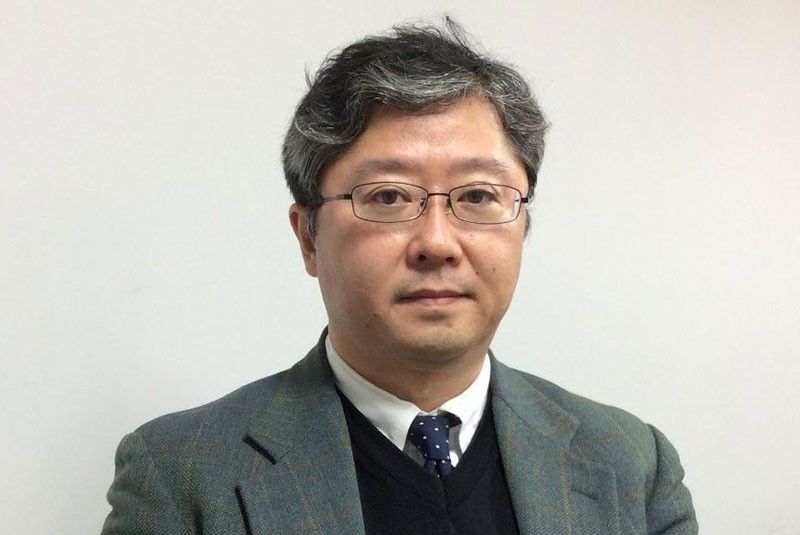ADB sees continued strong growth for Philippines


YOKOHAMA – While political risks are “worrisome,” the Asian Development Bank (ADB) sees continued strong economic growth for the Philippines.
Fears have been raised about the impact of President Duterte’s pugnacious rhetoric and the negative reports generated by his brutal drug war on the country’s economic growth.
ADB chief economist Yasuyuki Sawada, who is also director general of the bank’s Economic Research and Regional Cooperation Department, told a media briefing here yesterday that the bank conducted a “decomposition exercise” on the Philippines last year.
Sawada did not comment directly on Duterte or administration policies. While Sawada said “political risks are worrisome” in the Philippines, he said the ADB found domestic consumption and “very active” domestic investments in both the public and private sectors “quite sound to support robust growth.”
The Manila-based ADB is holding its 50th annual governors’ meeting starting today in this Japanese port city.
Sawada said the ADB forecasts growth to pick up this year in 30 of the 45 Asia-Pacific economies in all sub-regions except East Asia, where a slowdown is expected because of “growth moderation” in China. The ADB sees China growing by 6.5 percent this year, down from 6.7 percent in 2016, and slipping further to 6.2 in 2018.
“This is not necessarily bad news for other countries,” Sawada said. “I don’t think we can say this is really harmful for Asia.”
Southeast Asian economies, which grew by four percent last year, are forecast to grow by 4.8 percent this year and five percent in 2018. Sawada said Indonesia is leading the growth due to policy reforms and active investment in infrastructure.
The ADB said the Asia-Pacific needs to invest about $1.7 trillion in infrastructure annually, but actual investments amount to only about $1 trillion. The gap is a challenge that the ADB hopes to help narrow with cooperation from governments and the private sector as well as additional funding from the Asian Infrastructure and Investment Bank.
Another priority of the ADB is to support programs to help middle income economies move up to high income. This is possible, Sawada said, through investments in innovation, human capital and infrastructure.
US policies under President Donald Trump pose potential risks for the region, Sawada said. Policy changes may generate pessimistic investment and consumption. Lower US consumption may also bring down prices and affect exports, he said.
The regional outlook, however, remains generally positive. Asia has learned from the 1997-1998 financial crisis, Sawada observe.
- Latest
- Trending



























